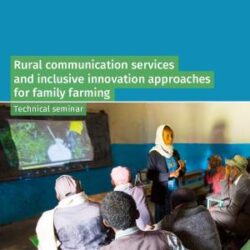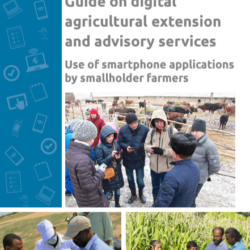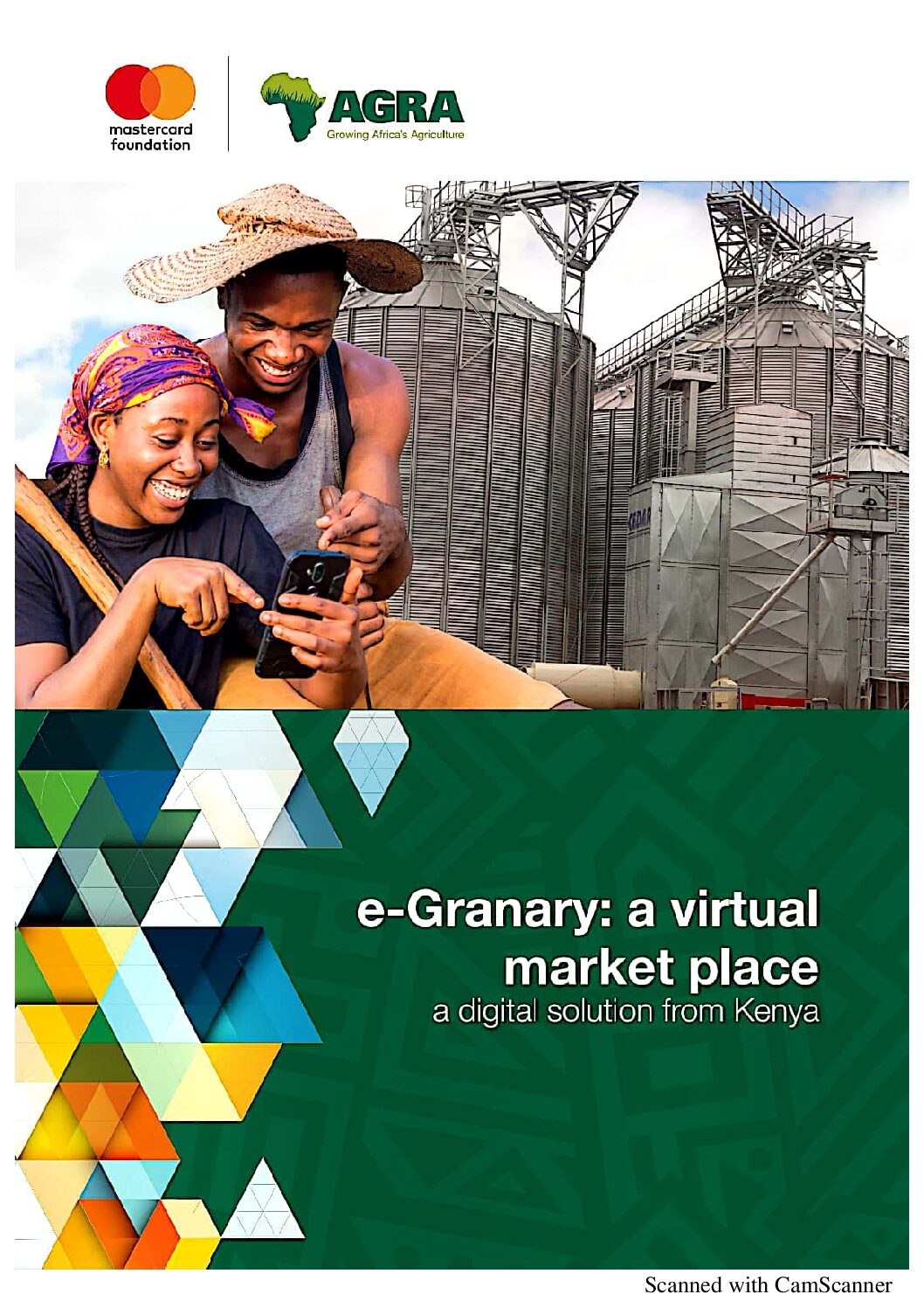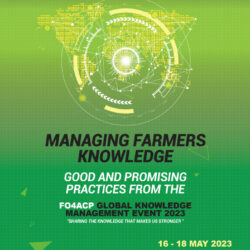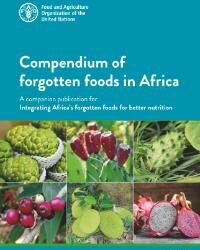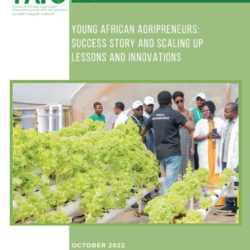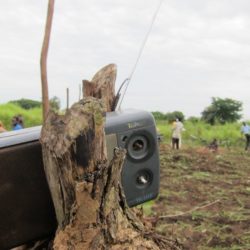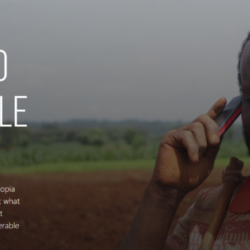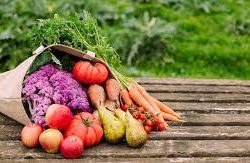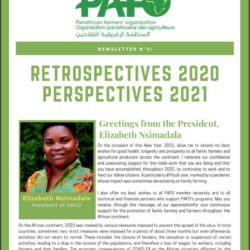Rural communication services and inclusive innovation approaches for family farming
The United Nations Decade of Family Farming (UNDFF) recognizes communication as a crucial driver in transforming agrifood systems, empowering family farmers through inclusive Rural Communication Services (RCS). Over the past five years, FAO-supported regional initiatives – ComDev Asia, YenKasa Africa, and Onda Rural – have worked to mainstream RCS into family farming policies, fostering participatory knowledge sharing and innovation. This report presents key insights from the 2024 technical seminar held

